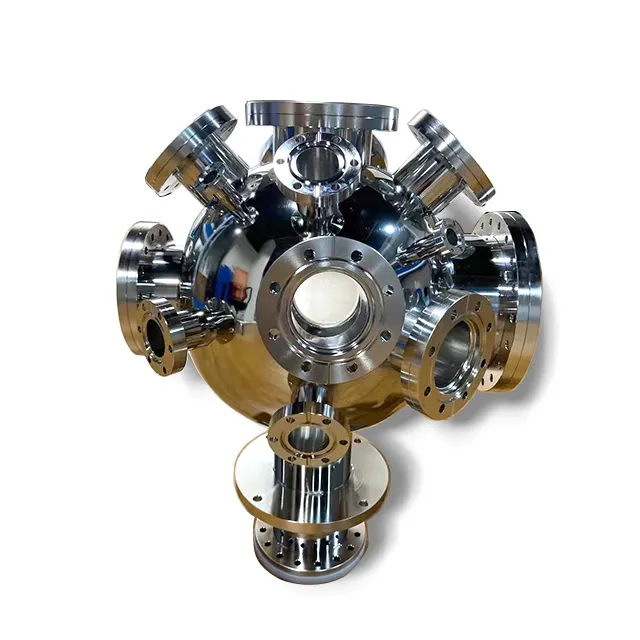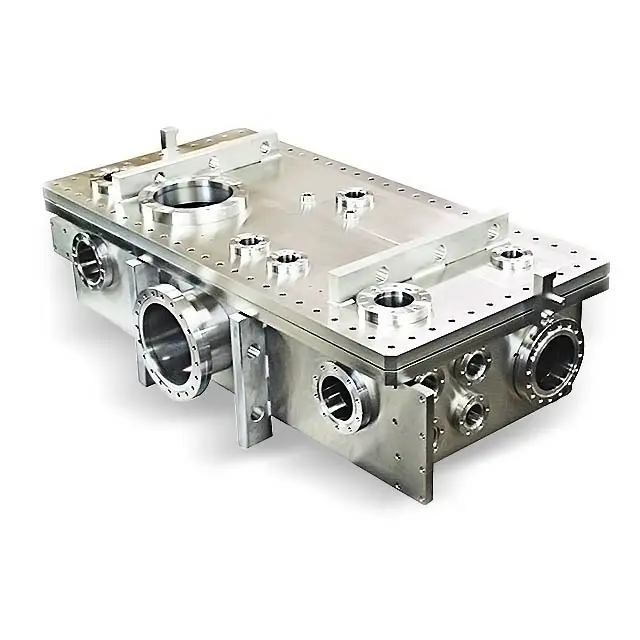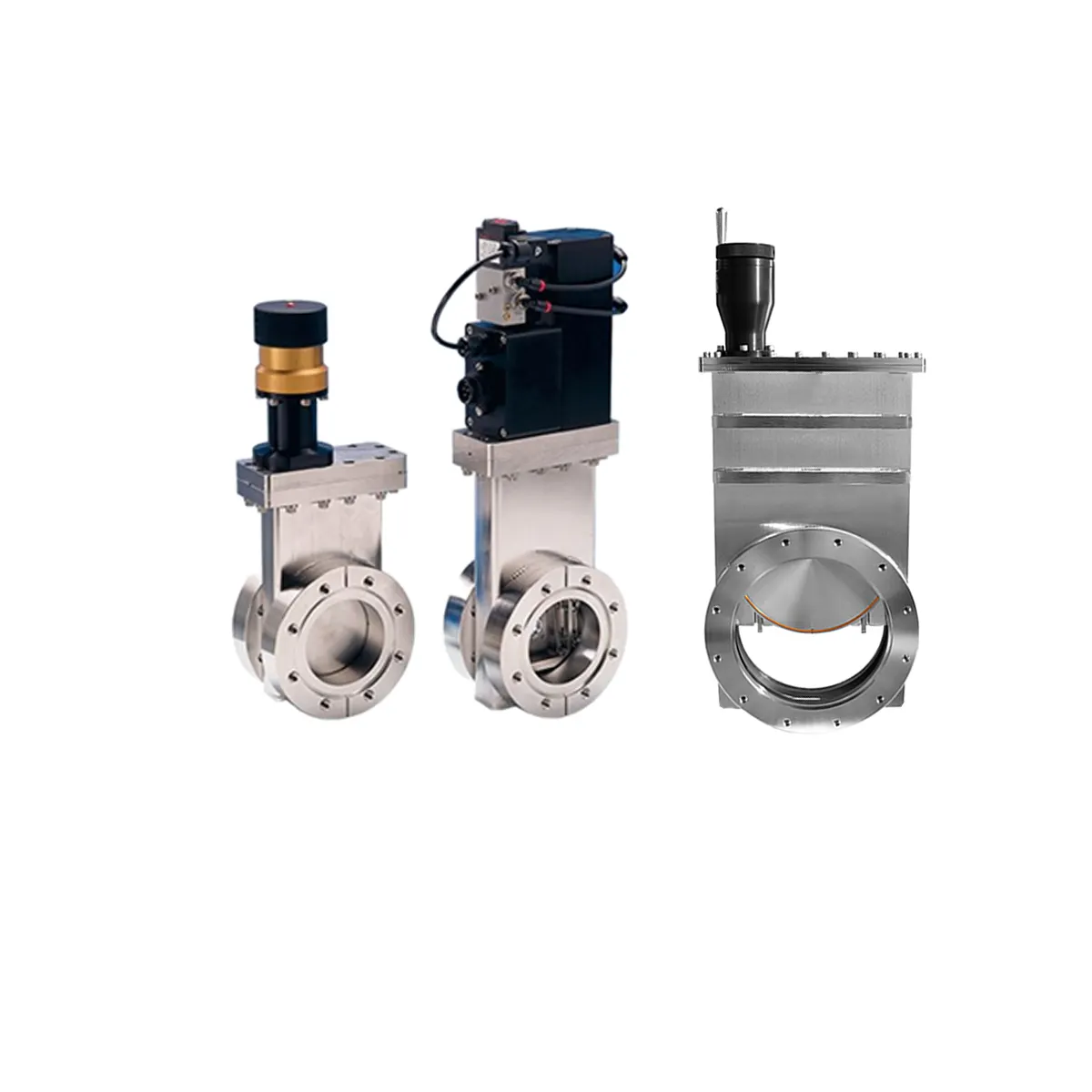components of vacuum tube
A vacuum tube is a sophisticated electronic device comprising several essential components that work in harmony to control electric current flow. The primary components include the cathode, which emits electrons when heated, the anode (or plate) that collects these electrons, and the control grid that regulates electron flow. The cathode is typically made of metal coated with oxides that readily emit electrons when heated. The heating element, or filament, provides the necessary thermal energy for electron emission. The control grid, positioned between the cathode and anode, consists of a wire mesh that can be charged negatively or positively to control electron flow. The anode, usually cylindrical or plate-shaped, is maintained at a positive voltage to attract electrons from the cathode. All these components are enclosed within a glass or ceramic envelope that's been evacuated of air to create a vacuum, hence the name. Additional components may include screen grids and suppressor grids in more complex tubes, which help improve performance and efficiency. These components work together to amplify electrical signals, convert AC to DC power, and perform various other electronic functions that were crucial in the development of early electronics and continue to find specialized applications today.


